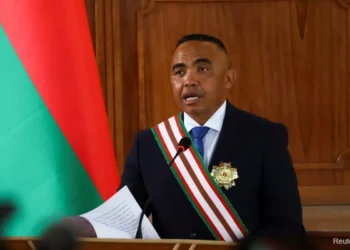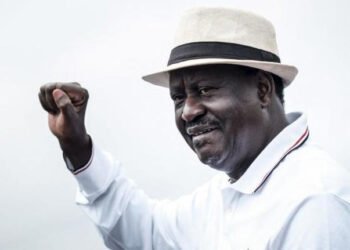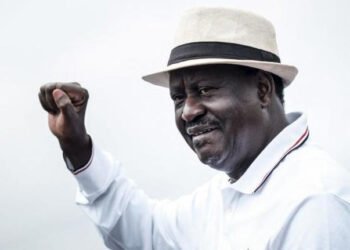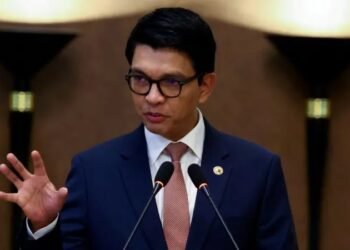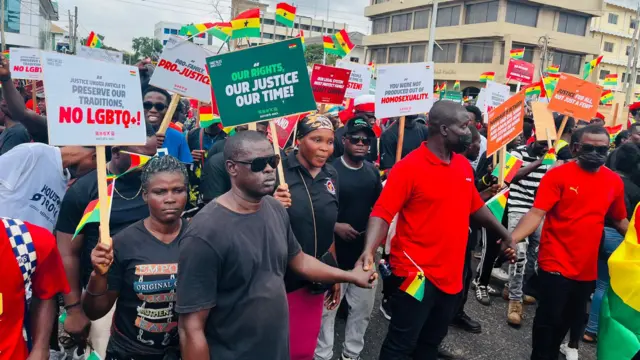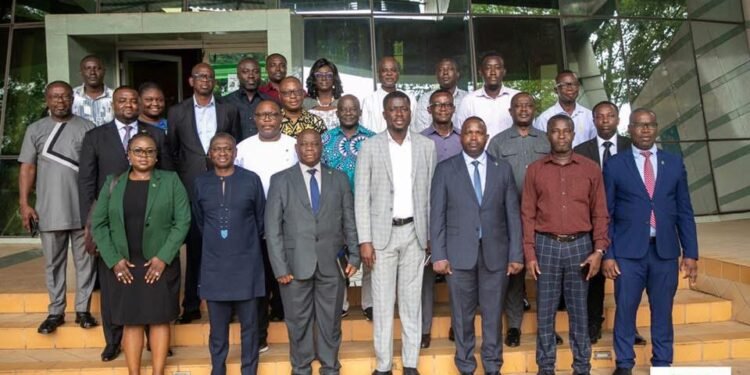A Pro-Zambian Group is advocating for debt forgiveness from the country’s creditors. According to the group, it has conducted some study into the debt situation of the country and thus, concluded that Zambia cannot pay its debts. As such, begs for debt forgiveness.
According to the study published on Friday, February 4, by an alliance of local activist organizations and the Jubilee Debt Campaign U.K, about $7 billion would have to be written off, implying a haircut of between 64% and 71% for private and bilateral lenders.
On the authority of the group, Zambia’s creditors would have to take losses of about two-thirds if the country is to meet the International Monetary Fund’s requirements for a debt restructuring.
The group averred that the southern African nation, which became the continent’s first pandemic-era defaulter in 2020, has capacity to repay about between $2.8 billion and $3.5 billion of debt over the next 14 years.
Alex Muyebe, chairman of the Zambian Civil Society Debt Alliance, indicated in an emailed statement. He further lamented the high cost at which the creditors lent to the country.
“Private lenders and other governments lent to Zambia at high interest rates and at high risk. Lenders need to accept they lent recklessly and agree a large-scale debt cancellation to allow the people of Zambia to tackle multiple external crises.”
Alex Muyebe
IMF is the Last Hope
Zambia’s finance ministry stated that Zambia needs to secure an IMF economic program to complete a debt restructuring under the Group of 20’s Common Framework for debt treatment.
According to the Zambian finance ministry, the nation owes external lenders about $17 billion, including liabilities of state-owned companies, with more than one-third of that owed to Chinese entities.
“The exact details of the debt restructuring parameters will be informed by the findings of the soon to be concluded IMF/World Bank debt sustainability analysis. Government will only be in a position to provide granular details after finalization of the DSA.”
Zambian Finance Ministry
It can be recalled that President Hakainde Hichilema, who won power in August, also pledged to secure an IMF program and complete a transparent and fair debt restructuring as a priority.
Last year, external debt in the resource rich but impoverished country reached US$14.48 billion, and over 60% of gross domestic product. Of the total debt, China is the largest foreign creditor. Zambia owes China US$6.18 billion including unpaid interest.
However, a huge part of the debt is attributed to former President Edgar Lungu, who borrowed heavily to fund infrastructure projects.
While the country continues to battle the economic difficulties that the pandemic brought, Zambia even before the pandemic had to combat a drop in agricultural output, falling copper prices and drought. The Zambian economy was weakening even prior to the pandemic.
After the emergence of COVID-19, gains from tourism fell, and the nation had to increasingly depend on its copper reserves to sustain its economy. The export of copper accounts for more than 70% of Zambia’s export earnings, meaning that the nation is highly vulnerable to even the smallest changes in copper value.
READ ALSO: Ghana: Output declines in January, but new Order Growth Remains Solid




